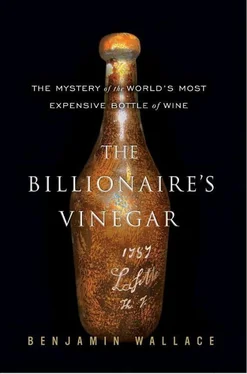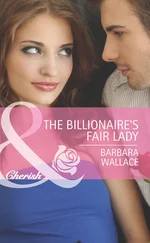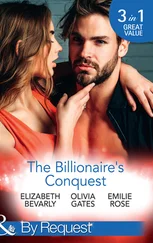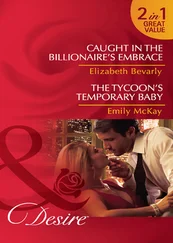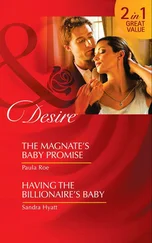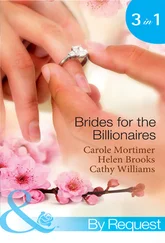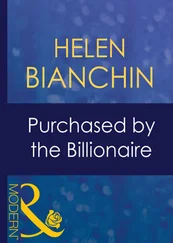Göksu, meanwhile, was busy preparing to conduct her tests. The sediment from Frericks’s Jefferson bottle was silty, with a few crystals mixed in. Göksu had to clean and dry it, ridding it of organic material by soaking it in alcohol, then letting the liquid evaporate. She also washed the dried sediment in an ultrasonic bath. She needed to isolate clean crystals. She ended up with enough for five samples.
Thermoluminescence relies on the recording, over the last several decades, of radiation levels around the world. Scientists know how the intensity of radiation in India differs from that in Iran, which differs from that in Canada, and they know how the intensities in each of these places have fluctuated year-to-year over the past half-century. Tell Göksu a radiation level, and she can say where and when it was recorded.
Crystalline materials such as feldspar and quartz are natural radiation detectors, trapping exactly as much energy in their structures as there is in their immediate environments. Tiny grains of these substances are ubiquitous in nature, and in the microscopic dust that invariably settles on plants. Even after plants have been processed—into, say, the spices Göksu had recently been studying, or the wine she was being asked to assess now—the crystals can be isolated. By heating them, and measuring the light emitted, Göksu could gauge the amount of radiation trapped inside. And that level, because it would exactly mirror the crystals’ original environment, would reveal where, or at least when, the wine originated.
Göksu and a colleague flew to Paris and spent a day, with a Gault-Millau journalist as their guide, visiting three old cellars near the Bastille. Using a scintillator, an unwieldy device similar to a Geiger counter, they took baseline radiation measurements. She needed to factor in any natural environmental radiation that might have been present in the cellar where the bottle was said to have reposed for centuries. Paris, like Munich, was built on chalky ground, and the results were low.
Back in Munich, Göksu also measured the natural radiation in the now-empty bottle, in order to have a clear idea of whether the bottle itself had affected the radiation level of the sediment. She took several small foil containers, each holding crystals, taped them to strings, and lowered them into the bottle with the strings flowing out for later retrieval. She taped additional packets to the outside of the bottle, both along its trunk and in the punt. She wrapped the head of the bottle in white tape, secured it with a red rubber band, fastened the bottle to a tray with black tape, and left it undisturbed for the next 226 days.
In March of 1992, eight months after the opening of the bottle in Broadbent’s presence, Göksu was able to measure the radiation of the sediment and compare it with her Paris and bottle baselines. How old the wine itself was would be for her colleagues to assess, but she could confidently say that the sediment was 220 years old (confidently, that is, after allowing for a plus-or-minus ninety-two-year margin of error). In other words, it was definitely between 128 and 312 years old, meaning it came from some vintage between 1680 and 1864. It might, as advertised, come from 1787.
At GSF’s Institute for Hydrology, meanwhile, Manfred Wolf was getting some surprising results. A chemist whose work normally involved assessing the nuclear contamination of, say, different depths of the Munich aquifer, Wolf’s expertise was radioactive isotopes whose clockwork decay could be exploited to date organic materials. He had tasted the wine on the day the bottle was opened and found it “not so bad.” After doing all the tedious prep work necessary to isolate a lab-worthy sample of the wine, he first tested it for tritium, an unstable element that had risen in atmospheric concentration starting in 1945, when the first atomic bomb was detonated, and peaked in 1963, when the Partial Test Ban Treaty brought open-air testing to an end. Tritium levels had been declining steadily ever since. If no tritium showed up in the test, it was a certainty that the wine predated 1945.
What Wolf found, however, was that the wine possessed an extraordinary amount of tritium, a level consistent only with either 1962 or 1965. He repeated the test to be sure, using a less sensitive method since there was so much tritium present, and got the same result. It was just a bottle of wine to Wolf, but he was mildly shocked. He had assumed the bottle was what it purported to be, a two-hundred-year-old relic.
Next, Wolf’s assistant tested the wine for carbon-14, which had a much longer half-life and could be used to date older things. But C-14, too, had peaked in the nuclear era, and the test showed a level of the isotope that indicated either 1962 or 1976–79 as the date of origin. The result was so unexpected that, to be absolutely certain of it, Wolf sent a sample to the University of Toronto. Toronto had an expensive piece of equipment, an Accelerator Mass Spectrometer, which could do more-precise carbon dating. That test yielded the same result. Combining the two findings, Wolf concluded that in all likelihood the wine dated to 1962.
So the sediment was old, as Broadbent had correctly identified, but the wine was young, as he had not. Leaving aside whatever questions these results raised about the reliability of the auctioneer’s vaunted palate, the bottle had clearly been tampered with. The questions were when, and by whom.
On June 23, a year after GSF first opened the bottle, it held a press conference to announce the results. In short order, Frericks issued a press release. He noted Monticello’s continuing skepticism and averred that “the person who is responsible for the falsification of the wine, which is now scientifically proved (and it has to be believed that other old bottles are also affected), apparently has ambitions to rank among the great counterfeiters of our times.” Frericks encouraged the owners of other Jefferson bottles to step forward and have their bottles tested. The next day, taking Frericks’ lead, a Munich tabloid announced: “The most expensive wine in the world is watered down… the Konrad Kujau of the grapevine has been exposed!”
THE COMPARISON WITH Kujau, forger of the Hitler diaries, was richly apt. The diaries had come to light in 1983, two years before the Jefferson bottles. Whatever the origin of the bottles—whether real or fake—both cases involved sensational discoveries of supposedly long-lost objects at historically serendipitous moments: the Hitler diaries on the fiftieth anniversary of the Nazis’ ascension to power, the Jefferson bottles on the bicentennial of Jefferson’s visit to Bordeaux. In both cases, tantalizing documentary references to misplaced objects existed (a missing trunk of Hitler’s possessions, a misrouted box of Jefferson’s wine), specific enough to make a discovery plausible, vague enough to make it irrefutable. Like the editors of Stern, the German newsweekly that was misled into publishing what it thought was the scoop of the century, Rodenstock claimed that skeptics were motivated by jealousy. Like Gerd Heidemann, the Stern reporter who obtained the spurious diaries, Rodenstock kept changing his story as to why he couldn’t reveal his supplier, sometimes claiming tax reasons, sometimes saying he’d “promised” his supplier he wouldn’t name him, and sometimes saying he wanted to write about it himself one day. Like both Kujau and Heidemann, Rodenstock made use of the Iron Curtain to obfuscate the origin of many of his bottles, especially his Yquems, claiming they’d been smuggled out of Russia illicitly. With regard to large-format bottles of Pétrus, Rodenstock cited an explanation identical to one used by Heidemann: the lack of prewar records. And in both cases, celebrated experts had authenticated the objects.
Читать дальше
